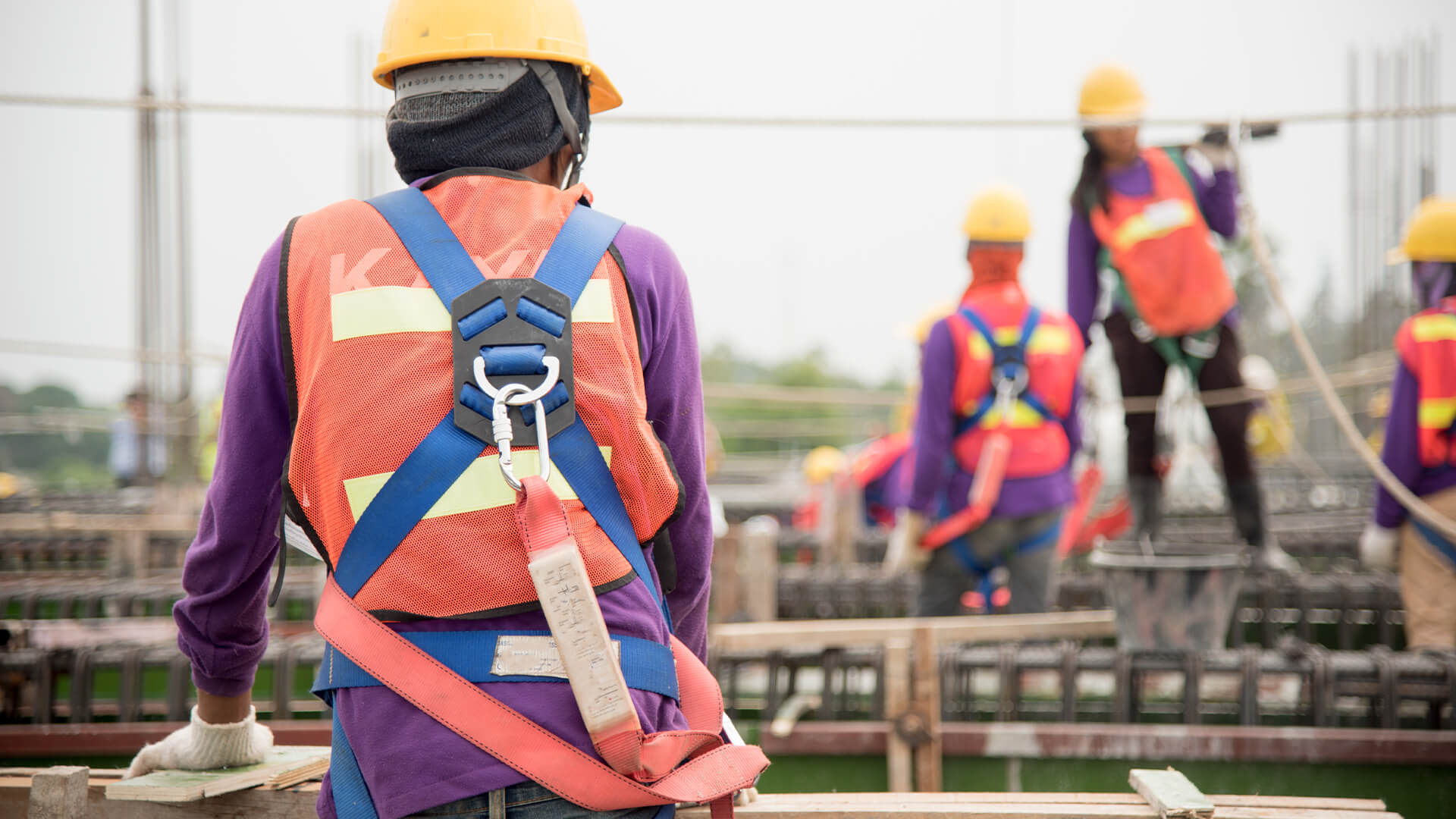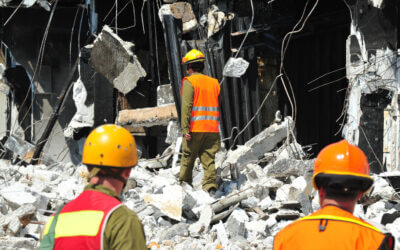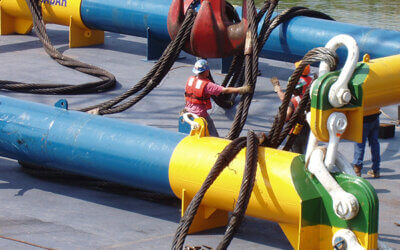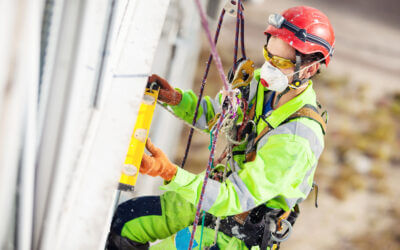The British regulations for the proper use and inspection of lifting gear may not apply here in the colonies, but they can be helpful to get another perspective on workplace safety. While the fundamental principles remain the same, here are the basics of British lifting gear safety practices.
Lifting products include any equipment used at work for lowering or lifting loads, including anchoring, fixing, or supporting attachments. The British regulations, like many across the pond, cover a wide range of lifting gear including forklifts, hoists, cranes, lifts, work platforms, and vehicle platform hoists. In addition, changes, eyebolts, slings, ropes, and more are all covered under the Lifting Operations and Lifting Equipment Regulations 1998.
According to Health and Safety Executive, these regulations apply to any employer (or self-employed individual) making use of any lifting equipment while on the job. These regulations, however, do not apply if the piece of equipment in question is used primarily by members of the public like store lifts.
In the U.S., federal Occupational Safety and Health Administration (OSHA) oversees these types of working and equipment conditions. For example, federal OSHA limits the arrest or fall distance, while on site, to six feet. As history has shown, organizations did not have to follow all these rules for a time, though OSHA 1910.184 now requires certain procedures like tags and labels being installed onto equipment.
Back in the U.K., worksite managers must make sure that all projects that involve lifting are thoroughly planned out, fully supervised, and carried out in the safest way possible (while following safety guidelines) and are being performed by workers who are properly trained.
In addition, the site manager is responsible for properly marking each item, keeping track of new equipment purchases and equipment maintenance tasks, and writing detailed reports following any incident or performed maintenance.
It’s important to know how other major nations handle safety regulations. If you want to learn more about how the U.S. handles lifting gear safety requirements, contact Certex today.






0 Comments